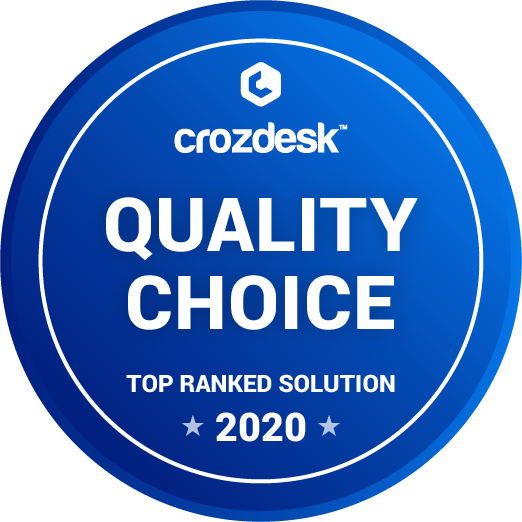
Customer support is an important part of any business. You want to assist your customers and answer their questions regarding your business and the products and services you offer. As easy as the task might sound, several inefficiencies may arise.
The customer support team will spend all their day responding to different clients with the same answers, considering clients tend to have the same issues. The result is redundancy and boredom by your team.
But this can be mitigated with knowledge base software as it eliminates the redundancy of this aspect of your business and brings about efficiency. This tool is a self-service system that allows businesses to store and share information about their operations, products, and services. It provides all the basic information clients need, eliminating frequent calls regarding similar problems.
That said, how do you choose a knowledge base software, considering many exist today? Here’s a guide to the selection process:
1. Identify And Understand Your Target Audience
The target audience refers to the people you want to utilize the knowledge base software. Identifying and understanding this group of people enables you to design software that specifically meets their needs without being too much or little. Software that offers more than what is necessary can be a waste of resources since it also comes with a high price tag, while one with too little won’t meet your needs. Therefore, understand your target audience.
In this case, they can be your customers or workers. If you have tech-savvy customers, you can adopt advanced technological features without worrying about a lack of consumer understanding. However, if the audience isn’t technologically savvy, you must choose simple-to-use knowledge-base software like Help Scout, among others.
2. Identify Your Needs
Identifying your needs will help you know the features to choose for your knowledge-base software. The software should meet all your needs without compromise.
Some of your needs include software integration, big storage space, a text editor, and a feedback section. These should act like a checklist when selecting a knowledge base software.
Although it’s not compulsory, consider adopting a few other features, especially those you don’t need now but are sure you’ll need in the near future. Doing this prevents situations where you need to acquire another knowledge base software after six months to meet the new needs.

3. Factor In Customer Support
You must understand the ins and outs of knowledge base software to fully utilize it. In most cases, your team can barely learn how to use the software independently. Suppose they do, it’ll take them a lot of time to fully grasp it, and they might miss a few important details. Hence, the need to factor in customer support.
It’s best that the vendor from whom you source the software offers customer support. This support should include hands-on training in using and adopting the knowledge base software. They should also set up the system for you. It’ll take less time since they have the technical know-how.
Besides customer support in the initial stages of using the software, make sure they’ll still offer support in the future as you use their software. Issues might arise here and there, and you might need expert assistance.
4. Consider The Vendor
Many vendors offer knowledge base software. Some are well-known, while others aren’t. The choice among several options is often challenging. So, how will you know the best choice?
The first aspect to consider is the product’s quality. Does it function as it says it does, or are there shortcomings? You can prove this by looking at the reviews of the product online. Customers always leave feedback about the goods and services they utilize. Find this feedback, especially those concerning the specific knowledge base software. Make sure there are no complaints about the software causing lags in other systems or crashing after some time.
It’d help to ask for demos from several vendors and try them out for your business. Doing this gives you first-hand experience with the software. You’ll better know whether it’s ideal for your business. Does the software create enough brand awareness for your business?
It’s best to guarantee that the team that’ll use the software takes part in using the demo. This team will give better feedback since they know what they’re looking for in their department.
5. Consider The Cost
As stated, there are many knowledge base software in supply. Each of these has different vendors and suppliers, and they all have different price tags. Some are free, while others will cost thousands of dollars. As you seek a knowledge base software solution, you don’t want to spend a fortune acquiring them. Consider developing a budget to guide you in selecting the ideal cost for you. The budget will determine the maximum amount of money you can spend acquiring the tool.
With the budget at hand, choose knowledge base software that falls within it and meets all your needs.

Conclusion
A knowledge base software plays an important role in assisting with customer support. However, it’ll only bring efficiency if it’s right for your business. The discussion above will guide you in choosing the ideal software. Therefore, be sure to take note of these to make the best decision.
SEO-friendly keywords:
- knowledge base software
- choose knowledge base software
- best knowledge base software
Dushyant is an enthusiastic and quick learner in all fields who likes to gain experience, loves to write, and works on his creativity. He loves to explore new things and information and has the potential to spread knowledge across the world. He believes in teamwork and helping others and has a strong belief in learning from our own life experiences and exploring more through our mistakes as everyone has a story to create. His hobbies include sports, drawing, learning new things, and a deep interest in geopolitics.




